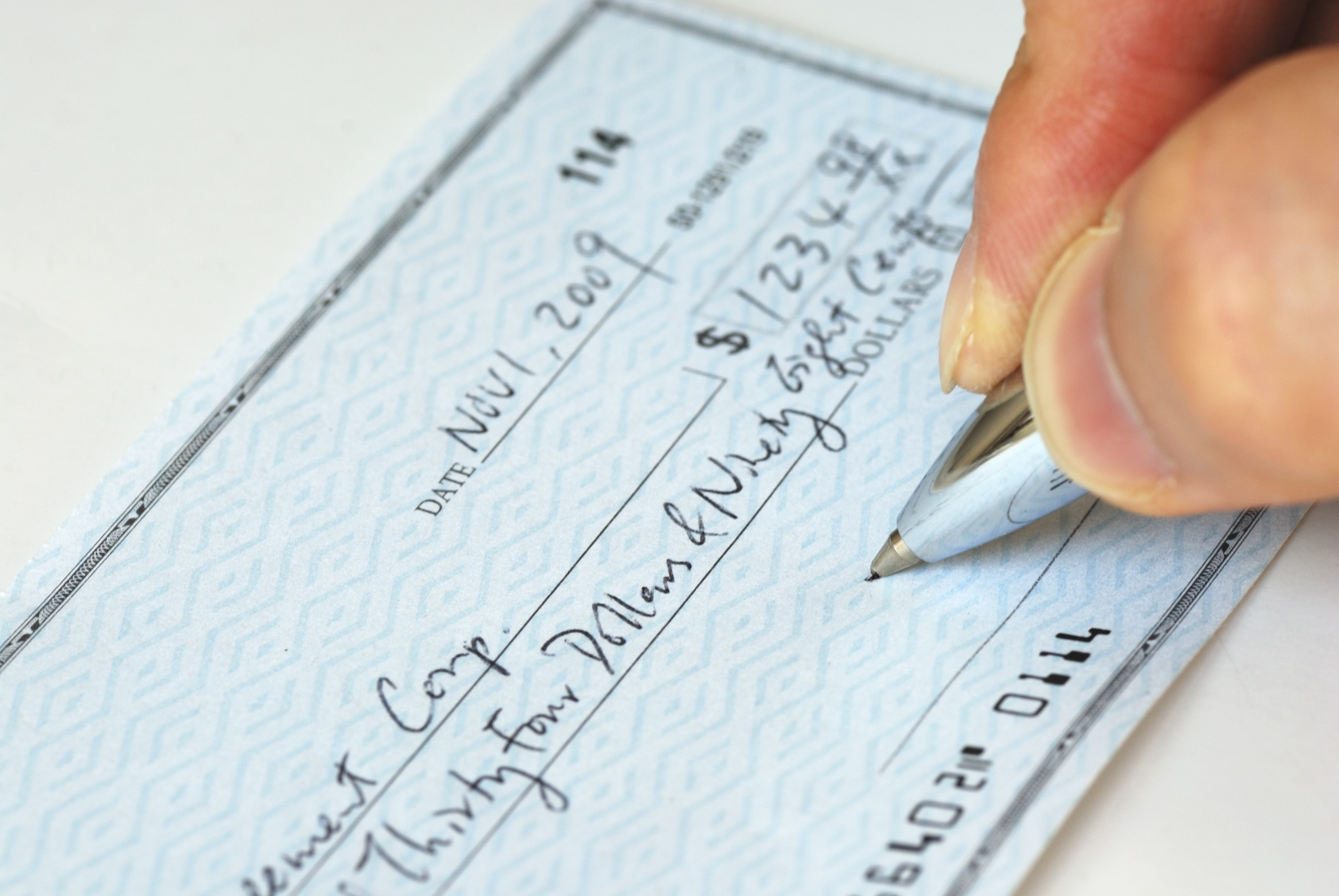
Checking accounts are bank accounts that let you easily access your cash. You can do this by using a debit card to make payments or withdraw cash, or by writing checks.
What you need to know
Checking accounts are great for everyday spending. Unlike savings accounts and certificates of deposit, checking accounts don’t place many restrictions on how often you can access your money through debit card purchases, withdrawals or transfers in a month.
They typically come with personal checks and a debit or ATM card. These days, you’ll probably use a debit or ATM card more often to access the money in your account.
They tend to have lower interest rates than savings accounts. Savings or money market accounts typically have higher rates but come with more restrictions on how many times you can access them in a month — as per federal law, the limit is six. That said, certain banks and credit unions will have checking accounts with high interest rates — typically online-only financial institutions.
Common fees
Bank account fees can put an unnecessary dent in your pocket. Here are some to be aware of:
- Maintenance fees. Some checking accounts, especially those at large national banks, charge maintenance fees as high as $15 a month. Some banks will waive the fee if you meet certain criteria, such as keeping a minimum balance or setting up direct deposit. Read the fine print before you open an account.
- Overdraft fees. These happen when you spend more than you have in your account and choose to enroll in a feature called overdraft protection. These fees can be expensive; the median overdraft fee at large banks is around $35.
If you want to avoid fees, many online-only banks, as well as some credit unions and regional banks, offer free checking accounts and reasonable overdraft fees.
If you want to avoid fees as much as possible, many online-only banks, as well as some credit unions and regional banks, offer free checking accounts and reasonable overdraft fees.
Choosing a checking account
When selecting a checking account, look for low or no fees, a broad ATM network, low opening balance restrictions and other features that suit your needs. Decent interest rates are certainly nice to have.
When selecting a checking account, look for low or no fees, a broad ATM network and low opening balance restrictions; earning interest is a plus.
While you’re at it, keep an eye out for sign-up bonuses (Some banks will give you money for opening an account with them). You shouldn’t pick an account based solely on a promotion, but it could help you decide between two otherwise comparable options. Many credit unions and online-only banks offer checking accounts without monthly fees or minimum balance requirements. You may not have access to many branch locations, though.
There are several different types of checking accounts.
| If you: | You’ll want to check out: |
| Want low or no fees and don’t need branch access | Online checking |
| Are looking to make some money back on your account and willing to jump through some hoops | Rewards checking or high-interest checking |
| Are under the age of 18 and/or are enrolled in high school, college or a vocational school | Student checking or teen checking |
Once you’ve selected a new account, opening it is mainly a matter of following the right steps and having a few important documents on hand.
Now you’re ready to start taking full advantage of the account. That may include signing up for direct deposit and online payments, and scheduling automatic transfers to your savings account to bolster your nest egg. These features and more will make you happy you found a place to park your cash.

